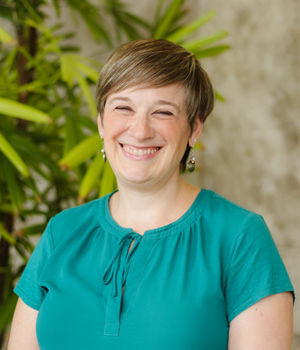Your charitable clients may be taking their charitable giving budgets more seriously this year, given the stock market’s challenges, rising interest rates, economic concerns, and anticipated cash crunches.
As you advise your clients in early 2023, consider sharing with them these seven guidelines to build a budget for charitable donations that can help your clients continue to support favorite causes and remain fiscally cautious.
- Suggest that your clients review all charitable donations from the last three years and compile totals for each organization. This can be an easy exercise for clients who use a donor advised fund at the Community Foundation because the data can be pulled directly from the Community Foundation’s Donor Portal or requested from the Community Foundation’s team.
- Ask the client to carefully review the list of organizations supported over the last three years. Regardless of donation levels, which are the most important to the client? Is the client serving on the board of directors of any of these organizations? Does the client regularly volunteer at any of them? Is there a personal connection?
- Are there any organizations on the list that the client supported primarily because the organization was raising money for a capital campaign, or because the client was helping out a friend who is involved with that organization? These may be organizations to possibly put on hold and then revisit supporting in future years when the economy picks back up.
- The client can add up the total giving over the last three years and then divide it by three to get the average. Is that number doable this year? If not, the client could reduce it to a level that fits within the client’s current financial situation to arrive at a tentative 2023 giving budget. Remember to consider the value of publicly-traded, appreciated stock gifts that the client could make this year if preserving cash is a priority.
- Consider whether to keep certain organizations at historic levels of giving, such as those the client is personally involved with. Or on the flip side, the client may decide to temporarily reduce the level of giving to organizations for which the client is providing other types of support, including volunteering or board service.
- Review the list to see if there are any organizations that the client would like to learn more about. The team at the Community Foundation is extremely knowledgeable about nonprofits in our region and would be happy to provide information on how a particular organization spends its money and how it measures impact.
- Finally, suggest that the client set targets for the amount of support to provide to each organization—and perhaps even set targets for the timing of gifts. The client can change these targets at any time, of course. The point here is that the planning and budgeting process is a great way to create more intentionality around charitable giving.
At the end of the day, intentional giving is not only more rewarding for the client but is also likely to increase the level of engagement with the recipient charities and enhance understanding of how dollars are being deployed to meet the mission. This, in turn, helps favorite organizations get better at carrying out their programs and serving those who rely on their work. For our philanthropically inclined clients, it’s critical for giving to be thoughtful and meaningful, while maximizing their impact for the causes they care about—and what better time to start than right now.

By J. Belle Osvath, CFP® CSLP® AIF®, Financial Advisor


 Questions?
Questions? Questions?
Questions?




